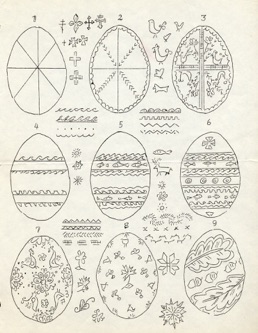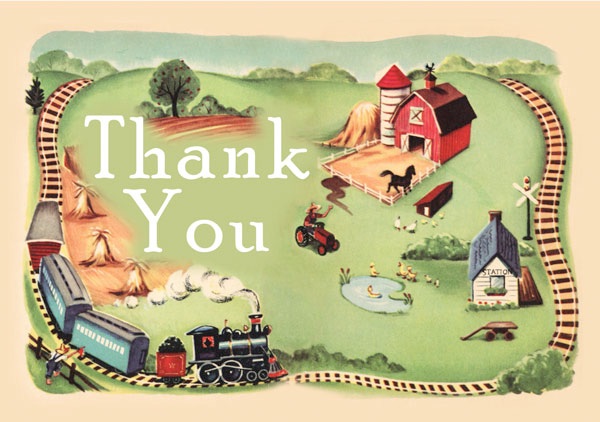Acknowledgments

This site is a work of love. I have been entranced by pysanky since I saw my first on in my mother’s china cabinet when I was a small child. I have been working on it, in it’s various manifestations, since 2003, when I posted a set of pysanka photos on my old .Mac site. It’s grown tremendously, both in quality and quantity of pages, since.
I must thank my parents for both exposing me to the beauty of pysanky, and for encouraging my love of pysankarstvo. My mother's small collection of pysanky, gifts from friends, first evoked in me and interest in the art. I used to stare at them in the china cabinet, carefully holding them in my hand to look them over, and wondered how anyone could have created something so beautiful.
When I was seven, and in my first year of Ukrainian Saturday school, I had the opportunity to learn to write pysanky. We were herded into the kindergarten classroom, were we sat at tiny tables and worked away with wax, candles and dyes. I recall having had ambitious plans for my first pysanky; I also recall not having time to do much more than the white details before class ended. But I remember that day still, and it sparked in me an interest in the art that survives to this day. I have also become the pysanka teacher at our Ukrainian school; all the kids know Pani Luba, and most look forward, as I did at their age, to pysanka day.

My parents encouraged me in my pysankarstvo, and would take me to the Ukrainian shop on Michigan Avenue after church to buy further supplies: waxes, dyes, new styluses, and books. The books of that time were mostly self-published pamphlets, with a little bit of history, some basic symbolism, and a bunch of patterns all diasporan (North American, not traditional).
Three books influenced me greatly. The first was “Eggs Beautiful,” published in 1975 by the Ukrainian Gift Shop of Minneapolis. It was the first real pysanka book I ever owned, with a hard cover and color photos on its pages. From it I learned about the ancient history of the pysanka, its legends and lore, and the many forms of Ukrainian egg decoration (drop-pull, beaded, driapanky, etc.). I learned about the ancient symbols on the pysanka. There were many pysanky to copy, to learn from, and even a place to order good quality supplies from on a regular basis (in the Ukrainian shops, pysanka supplies were somewhat seasonal). This book helped me hone my craft, as did later books published by UGS.
The second book was Zenon Elyjiw’s “20 Score of Ukrainian Easter Eggs,” published in 1994, which included 1200 photos of mostly traditional folk pysanky from the various regions of Ukraine. They were beautiful, and unlike anything I had seen before. I began writing the traditional designs, finding them much more interesting, and the designs much more meaningful, than the traditional ones I had seen before. I was hooked.
The third was Vira Manko’s “Ukrainian Folk Pysanka,”
When I first began traveling to Ukraine on a regular basis in 1989, I was amazed to find little knowledge of pysanky or pysankarstvo there. You might see the occasional pysanka display in a museum, but that was about it. I taught pysankarstvo at several summer camps, using old diasporan materials.
And then, in 2000, the Pysanka Museum opened in Kolomyia. When I visited it, I was amazed to find thousands of pysanky on display–old, traditional designs which had been preserved through the Soviet era.
The following year a small book was published called “The Ukrainian Folk Pysanka.” It contained information on Pysanka history, traditions, rituals and symbolism, and several hundred beautiful folk pysanky. I bought many copies, and brought them home to the USA. And then, in 2005, an updated version was released: hardcover, with many tables of photos of traditional pysanky, 1464 altogether. I’d been writing some folk pysanky prior to this, but this book changed my focus onto writing them almost exclusively.
A few years later, I had the opportunity to meet Vira herself; we had tea in a cafe in Lviv. We hit it off, and discovered we were practically neighbors (she live two tram stops from the house of my kuma, where I stay in Lviv). We became good friends, and she has encouraged me both in the practice of pysankarstvo, and in searching out ethnographic materials (photographing pysanka collections, etc.).
.........thanks to all these people, I have continued to write pysanky, to teach pysankarstvo, and to share my love of pysanky through this website.
About the people who helped and influenced me


